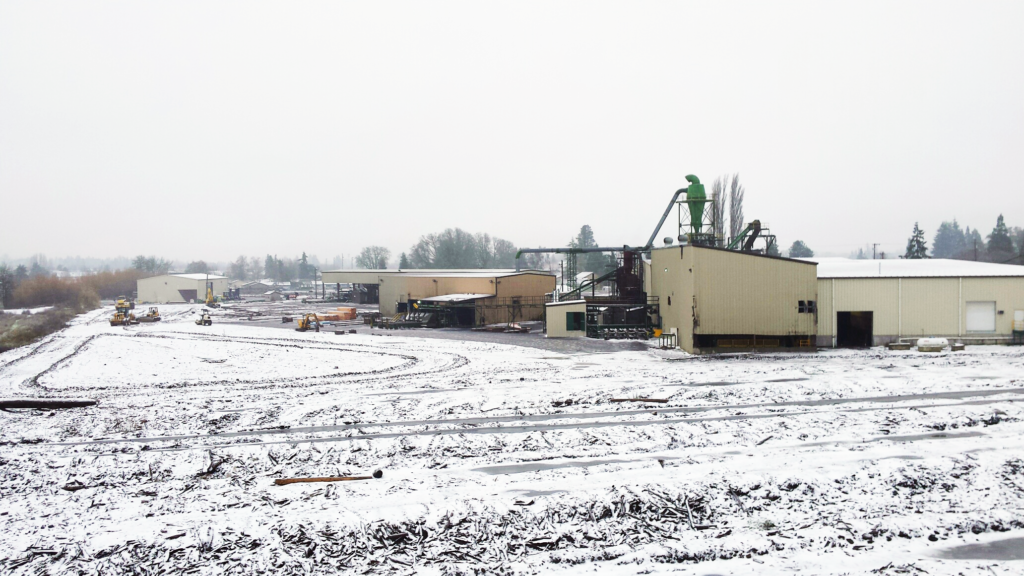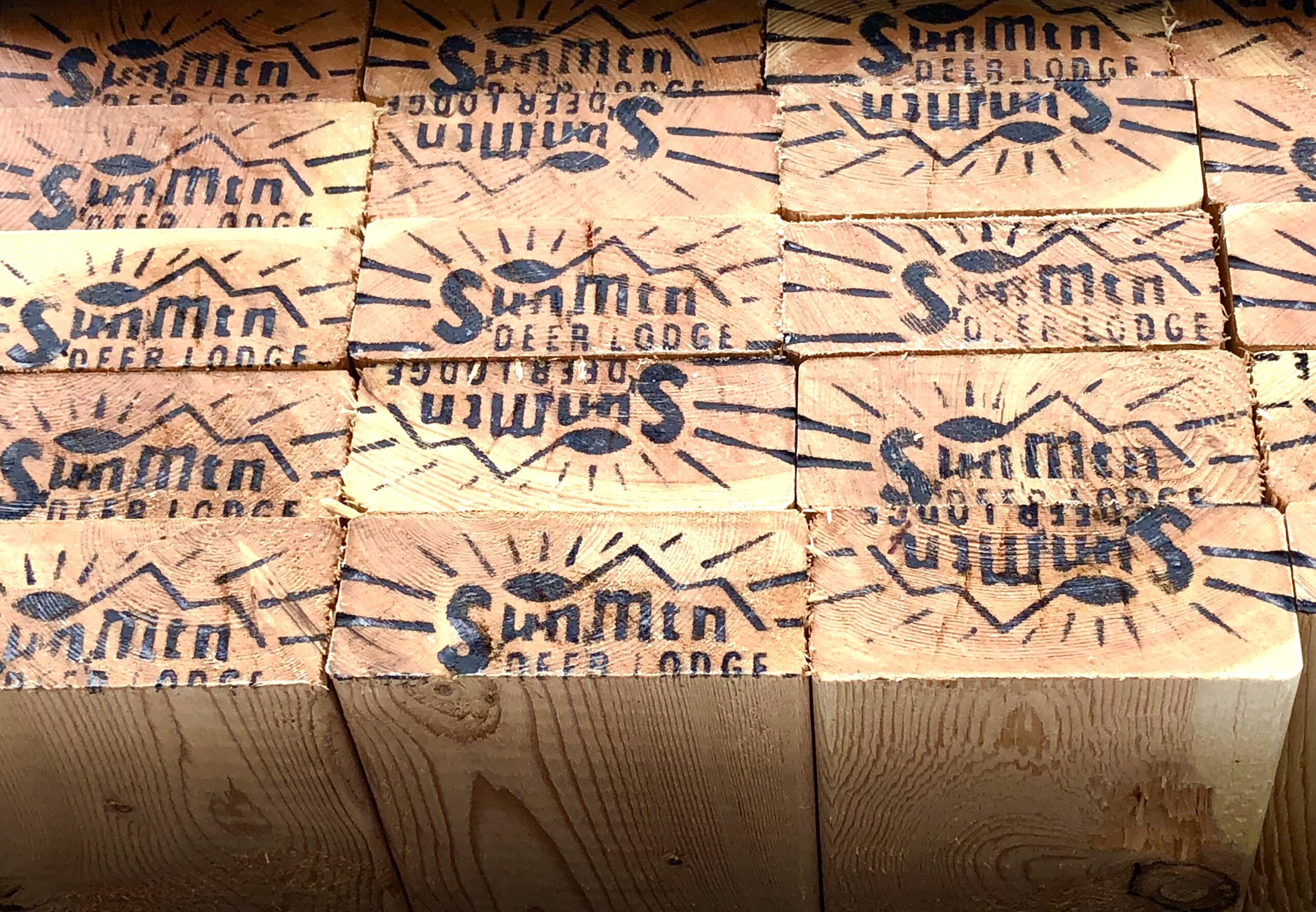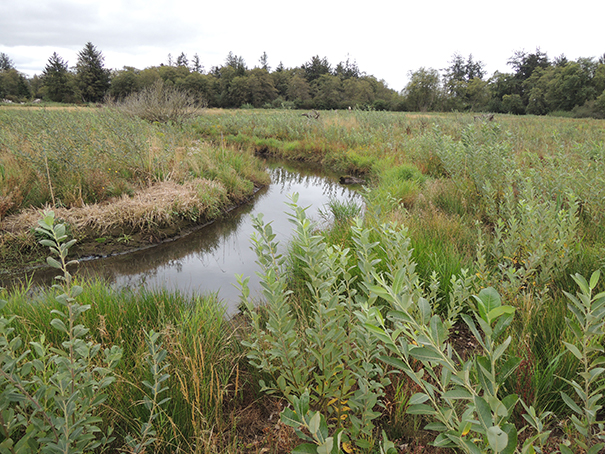When you think of outdoor recreation in the Pacific Northwest, do working timberlands come to mind? They should.
While we manage our lands for timber production, as our forests grow, they provide a variety of other benefits, including recreation. Most of Hampton’s forestland in Oregon and Washington is open to the public. While we do limit the use of motorized vehicles and overnight camping and campfires are prohibited, our lands can be used for wildlife viewing, hiking, biking, hunting, fishing, and foraging most times of the year.
We’re fortunate to live in a region with seemingly endless opportunities to visit pristine wilderness. Commercial forests, which represent roughly 20% of all forestland in Oregon and Washington, not only offer some of the same recreational opportunities as wilderness areas, they also provide a glimpse into a natural resource industry with unique historical, cultural, environmental, and economic values. Commercial timberlands will of course look different than your typical wilderness area. These are working lands not parks. A hike through a working forest will reveal stands of various ages. The age of the forest can impact the types of wildlife you find. If you want to see elk and deer, visit a recently harvested area. Young forests are also popular with a variety of song birds and wildflowers. Here in Oregon, working timberlands have some of the best water quality of any land-use in the state, where you can find a variety of recreational fish species. Having spent his entire career in the woods, I can tell you that David Hampton knows the best places to fish on Hampton forestland (but good luck getting that info out of him).
This summer, I invite you to learn more about the commercial timberlands near you and what opportunities exist to visit these lands. A directory of private timberlands in Oregon and their access policies can be found here. Please contact landowners directly for more information regarding a specific area of interest and always check land closure information before attempting to access private property. If you decide to venture out into a private working forest, please respect the work and the environment. Keep a safe distance from active harvest areas and always be mindful of fire danger.



